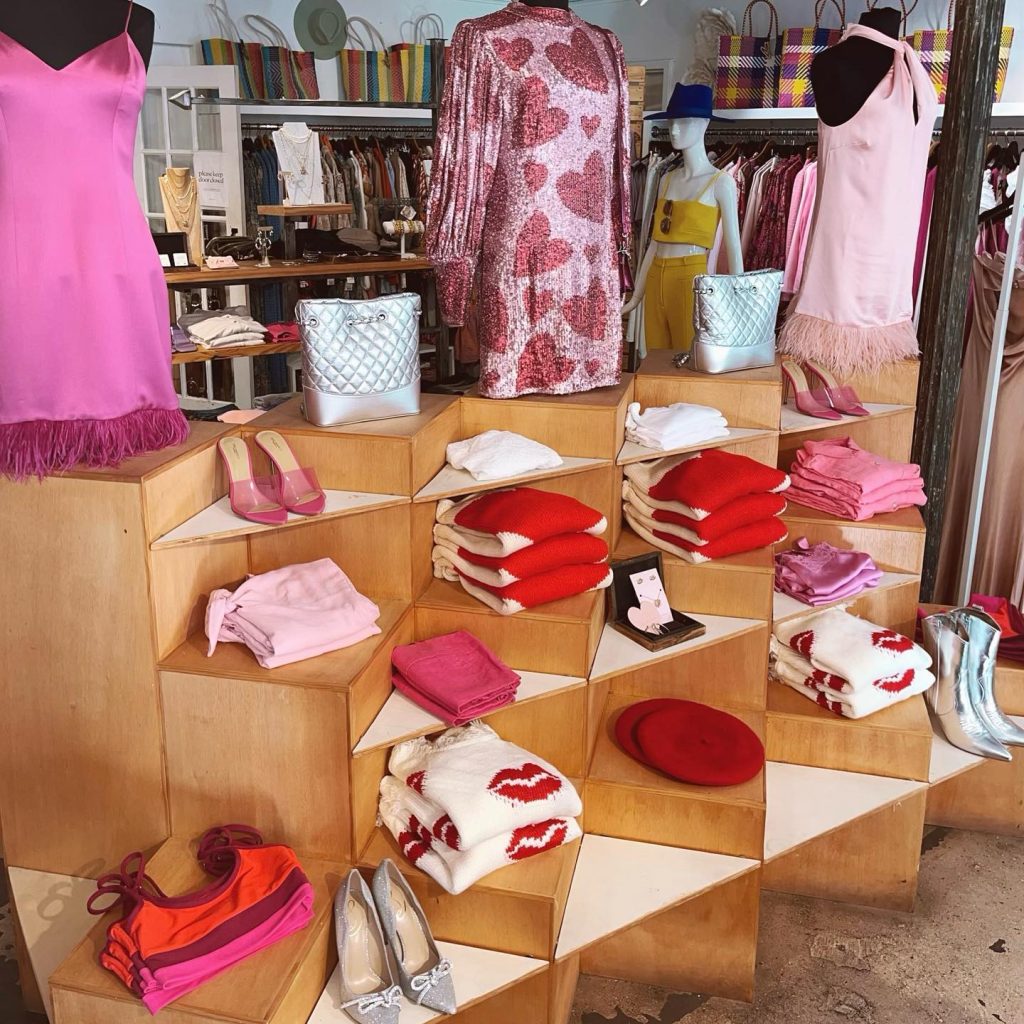Just how to Style Your Clothing with Boutique Fashion Locates
Just how to Style Your Clothing with Boutique Fashion Locates
Blog Article
A Deep Dive Into the World of High-Fashion Runways: Understanding Clothes as Art
Developers, much like masterful musicians, weave complex narratives through textile, shade, and form, redefining and challenging traditional standards charm requirements. As we explore these sartorial eyeglasses, we must consider: what role does style play in shaping social values, and just how does it show the ever-changing tapestry of human feeling and identity?
The Advancement of Runway Reveals
The trajectory of runway programs has changed dramatically over the decades, advancing from special sector events to exciting spectacles that mix fashion with art. Generally, runway shows made love affairs, held in ateliers or tiny locations, largely gone to by customers and industry insiders. These very early presentations concentrated on the garments' workmanship and industrial practicality, offering a direct and sensible display screen of seasonal collections.
As the garment industry increased, the nature of runway shows started to change. The 1970s and 1980s marked a turning factor, with developers looking for to differentiate themselves through more theatrical discussions. This period saw the increase of sophisticated sets, choreographed models, and thematic narratives, heralding a new age where the path came to be an experiential platform. The shows transformed right into a type of narration, where each collection shared a distinct narrative or idea.
In recent times, modern technology and social media have even more reinvented path shows, making them easily accessible to a worldwide target market. Livestreaming and digital platforms have democratized style, permitting enthusiasts worldwide to witness these occasions in real-time (boutique fashion). This evolution shows a broader social shift, where high-fashion runways work as a dynamic intersection of technology, efficiency, and style
Designers as Visionary Artists
Just how have developers transcended their functions to become visionary musicians? Designers in the high-fashion industry have actually blurred the lines between useful garment production and the conceptual world of art. This improvement is obvious in the method they approach their collections, not merely as apparel however as profound expressions of feeling, culture, and identification. By accepting artistic disciplines such as sculpture, painting, and progressive setups, designers craft garments that test conventional style norms and elevate them to art kinds.
Visionary developers attract motivation from a myriad of sources, including abstract art, historical references, and individual narratives. They possess an one-of-a-kind capability to picture and materialize concepts that press the limits of standard style, typically redefining aesthetic paradigms in the procedure. This innovative resourcefulness is showcased with dramatic shapes, cutting-edge materials, and intricate workmanship, which welcome visitors to experience fashion as more than just wearable items.
Furthermore, the path works as a canvas for these artists, where lights, music, and established layout coalesce to develop immersive experiences. These presentations are not merely screens of apparel but are orchestrated efficiencies that evoke emotion and prompt thought, verifying the designer's function as a true musician in the contemporary social landscape.
Social Influences in vogue
Social tapestry weaves its detailed patterns into the material of style, influencing designers internationally. The dynamic interchange of social tales, traditions, and icons educates and influences collections that poise high-fashion runways. Developers carefully draw from their heritage or engage with societies unique from their own, crafting garments that act as aesthetic stories. This cultural dialogue read the article not just improves the visual variety but also fosters a much deeper understanding and appreciation of global identities.
The influence of culture on fashion is usually seen in the reinterpretation of standard garments and patterns. The usage of Japanese robes, Indian saris, or African prints in contemporary fashion shows a mix of social authenticity and modern-day aesthetics. Developers such as Valentino's Pierpaolo Piccioli and Alexander McQueen's Sarah Burton have actually been known to include abundant social themes right into their couture collections, translating background into wearable art.
-a1f7b3f.jpg)
Technology in Material and Design
Technology in textile and layout consistently reshapes the landscape of high-fashion, pressing borders and redefining possibilities. Designers are progressively exploring the assimilation of innovation, such as 3D printing, which permits for the creation of complex structures that were formerly unthinkable.
The fashion industry is observing a surge in the use of eco-friendly materials, derived from recycled plastics, organic fibers, and also biodegradable elements. Developers are welcoming these products to craft garments that are both aware and see here now visually striking of their environmental impact.
In terms of style, speculative kinds and avant-garde silhouettes are constantly revolutionizing the path. By integrating innovative methods and unconventional materials, developers cultivate garments that obscure the line between style and art, establishing brand-new standards for creative thinking and expression in the high-fashion sphere.
Influence of Style on Society
Style possesses a profound influence on culture, serving as both a representation of cultural identification and a stimulant for social change. Via its development, fashion has actually mirrored societal changes, enveloping the zeitgeist of different eras. As an example, the flapper outfits of the 1920s personified a newfound feeling of women's liberation, while the bold prints of the 1960s resembled the cutting edge spirit of the time. High-fashion runways, specifically, work as systems for difficult standards and redefining appeal criteria. Designers utilize these locations to address pushing social concerns, from sustainability to variety, thus forming public discussion.
Additionally, style has the power to bridge social voids, cultivating understanding and appreciation among diverse groups. As globalisation accelerates, the cross-cultural exchange of style concepts comes to be significantly substantial, advertising inclusivity and variety. The surge of streetwear, originating from urban subcultures, shows how style can transcend socio-economic limits, giving people a means of self-expression and empowerment.
Fundamentally, fashion is not simply about appearances; it is a dynamic pressure that influences values, perspectives, and societal progression (boutique fashion). By continuously engaging with cultural and social currents, style remains an important part of the collective human experience

Verdict
Designers, akin to visionary musicians, coordinate collections that reflect identity, feeling, and social narratives, challenging traditional visual appeals. This intersection of style and creativity not only astounds target markets around the world but also affects social perceptions and advertises a much deeper gratitude for cultural variety.

Social tapestry weaves its elaborate patterns right into the textile of fashion, influencing developers around the world.Style possesses an extensive influence on culture, offering as both a representation of social identification and a catalyst for social modification.
Report this page